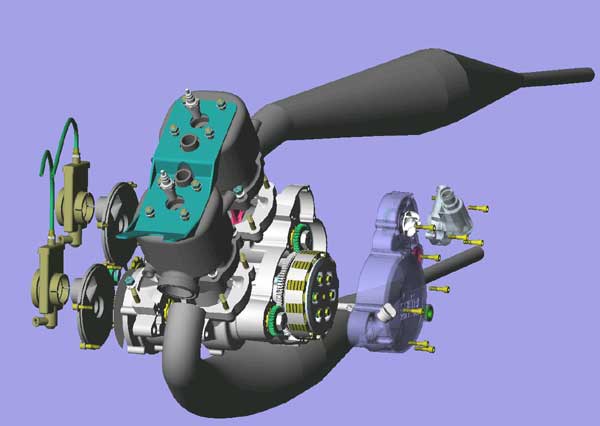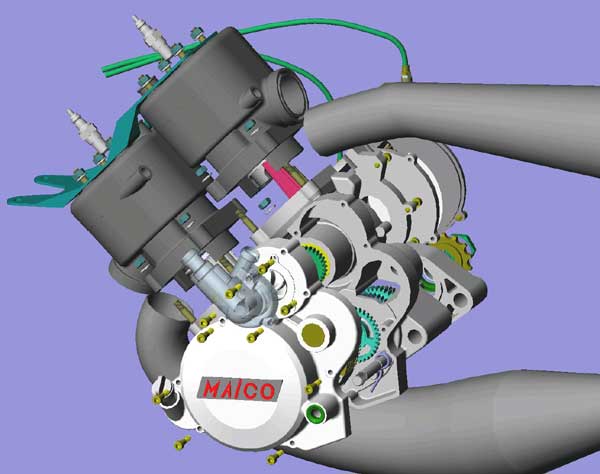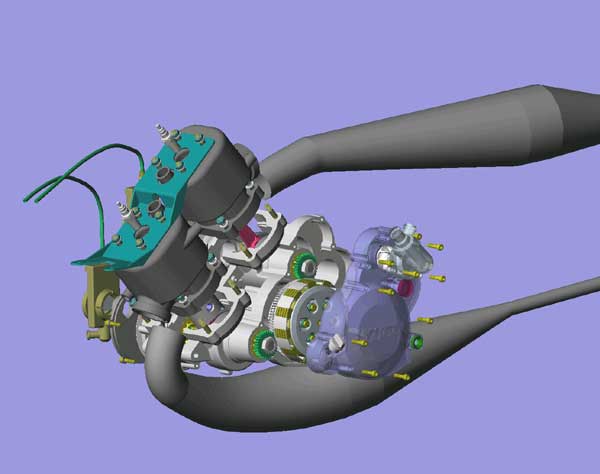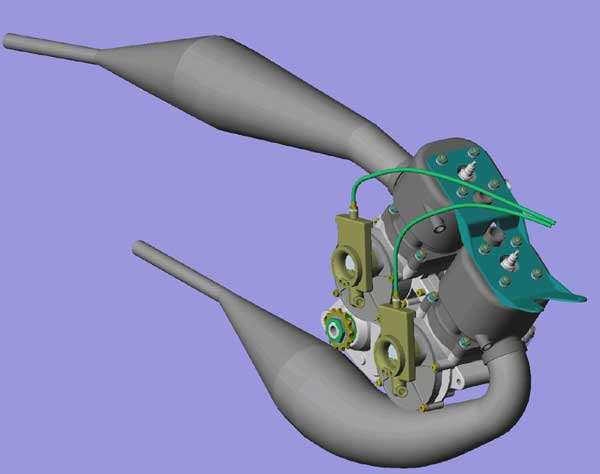Its not so much the issue of too much blowdown per se in an engine spec.
The real issue is how did the excess blowdown for the planned Hp/rpm actually occur.
Using a CAD program it is easy to see a mismatch between the STA numbers for any combination of port area and timing.
If for example we see really big numbers for the EX and Bl STA but a mismatched small Tr STA then the performance will be transfer limited - and we wont see the power as the BL STA would predict..
Go the other way and we can have big Tr STA and big Bl STA, and this in fact may not be an issue, as in many cases having the TR and Bl correct, but an undersize Ex STA
will just mean that a clever person has filled in the EX floor and the bottom corner rads to reduce short circuiting.
This scenario will perform as per the correct BL and TR STA numbers predict.
What I was going on about the other day was to point out that taking a cylinder with low Tr and low Ex timings and simply jacking it up, will for sure give a useful improvement.
Simply due to the better timing numbers suited to alot more performance, but having huge 130* transfers and a relatively low 192* Ex points to the engine then being BL STA limited.
Drop the cylinder and grind up the Ex to get all 3 STA numbers complementing each other,and more power than the simple jack up scenario is a given.


Here are the STA numbers for an Athena 50 - one with the cylinder jacked up, the other with the same transfers but the Ex ground up to match.





 Reply With Quote
Reply With Quote









Bookmarks